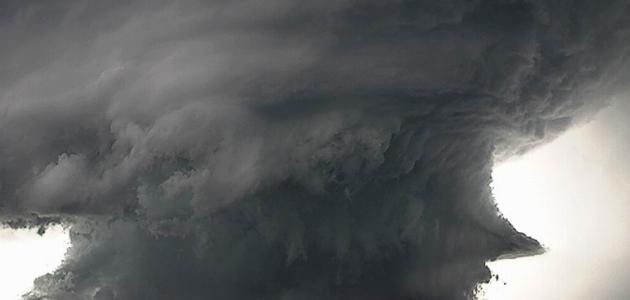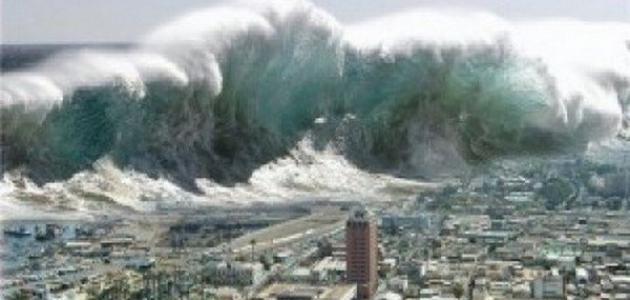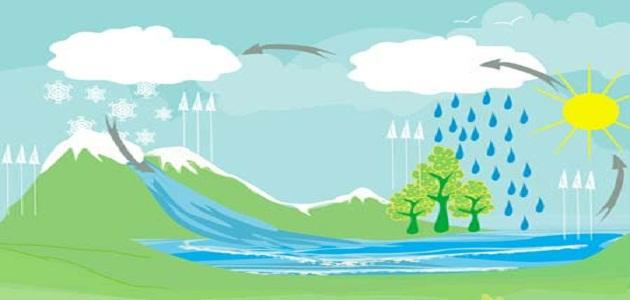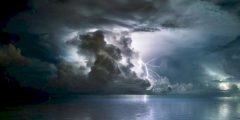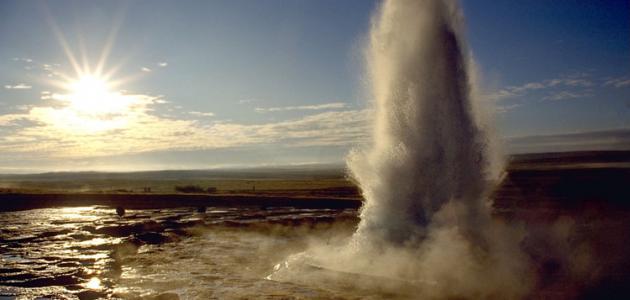How does a hurricane form?
The term hurricane is applied to strong storms that form over the Atlantic Ocean or the eastern Pacific Ocean, and it is possible to find those who call them by other names depending on the region of their generation. Such as (dangerous tropical cyclones, typhoons), as they usually form at the equator over warm ocean waters, but in general, wherever they form, they are ultimately considered tropical cyclones, and they all share the same strength and leave devastating effects on populated areas, and hurricanes are like engines. A car that needs fuel needs warm water (its temperature reaches 27 degrees Celsius at a level of 50 meters below sea level) as the first major trigger. As for the wind, it is considered the second trigger for a hurricane. When the wind passes over the surface of the ocean water, it works to transform the water into high vapor. from the surface of the water until it cools and condenses, and returns to its original state as liquid water in the form of droplets and in huge quantities. Large cloud clouds form, forming the starting point of the hurricane.
Definition of the concept of hurricane
The hurricane is interpreted as violent winds moving in a circular motion at a speed of up to 118 kilometers per hour, especially in the western Atlantic Ocean region.
General facts about hurricanes
Below are the most important facts related to hurricanes:
- Hurricanes are tropical storms that produce heavy rain and strong winds.
- Hurricanes revolve around a center called an eye in a circular manner.
- Most hurricanes form within seas and oceans and then head toward land, causing severe damage.
- The strongest hurricane winds reach speeds of 320 kilometers per hour.
- Northern Hemisphere hurricanes rotate clockwise while Southern Hemisphere hurricanes rotate counterclockwise.
- Typhoon Typhoon is considered the strongest hurricane ever recorded. It was in 1979 and had a diameter of 2,220 kilometers, equivalent to half the size of the United States of America.
- Hurricanes are named by the World Meteorological Organization to distinguish them from each other.
